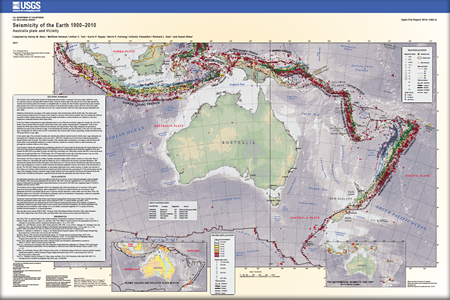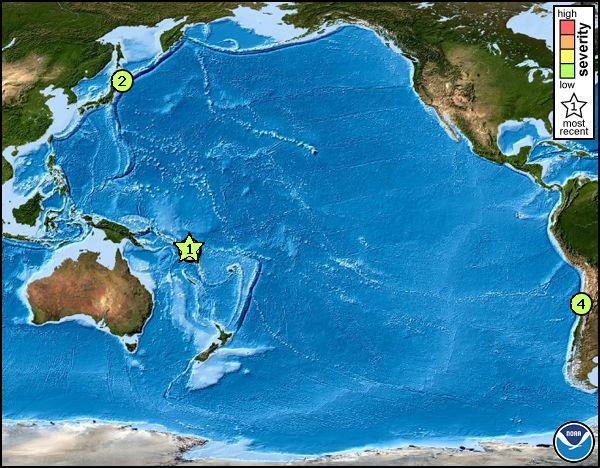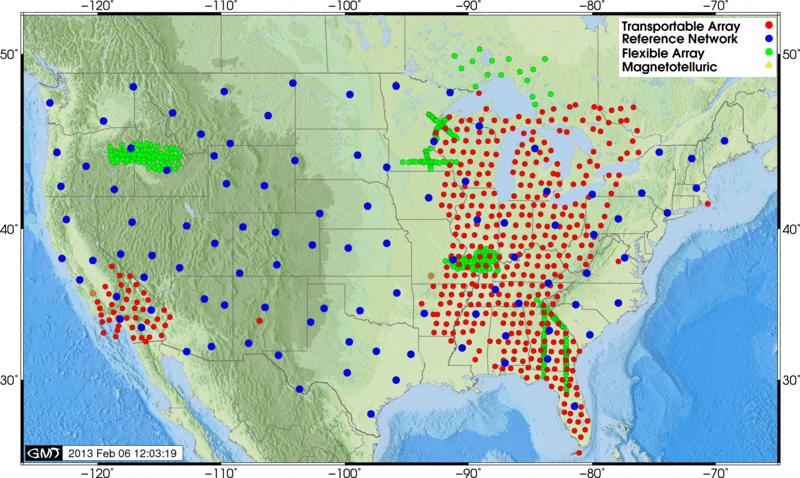The Solomon islands in the Pacific Ocean are situated right smack on the Ring of Fire - a 'ring' formed by tectonic plates meeting and rubbing up against each other. Along the Ring of Fire there is a lot going on in terms of earthquakes and volcanic eruptions easily spotted on maps with historic data of tectonic activity.

The local part of the Ring of Fire is quite evident in this map. Credit: USGS/Benz H.M., Herman, Matthew, Tarr, A.C., Hayes, G.P., Furlong, K.P., Villasenor, Antonio, Dart, R.L., and Rhea, Susan, 2011, Seismicity of the Earth 1900–2010 Australia plate and vicinity: U.S. Geological Survey Open-File Report 2010–1083-G, scale 1:15,000,000.
A tsunami warning was issued by the Pacific Ocean Tsunami Warning Center, a warning that is now cancelled. If you wonder how those look like you can see the real thing here:
First confirmation of a tsunami issued by PTWC.

If you are unfamiliar with the Salomon Islands or the Santa Cruz Islands in the Pacific, this map should give you a better geographical feel for it (the star no 1). Credit: IRIS

The USArray picking up seismic signals from around the world. If you want to see something really cool you can go here and make sure you watch the videos. You will clearly see how the seismic waves travels through the North America continent. Credit: IRIS/Earthscope
If you are interested in knowing more about tsunami warning systems you can get a good overview of the basic elements in a warning system by reading The Haiti Earthquake: Science, Early Warning and Mitigation. In addition to the sensors picking up the earthquake signals, a tsunami early warning system also include tide gauges and buoys picking up the resulting wave signals. These signals is fed in to wave propagation models verifying the most likely wave distribution as the tsunami reaches land. Very simply said, that is.
The tricky parts are estimation of the initial signals and data about shore conditions. The location, size of earthquake, particularly for the big ones, depth etc. are essential for picking the right wave model. The next tricky part is information about the shore area such as bathymetry and topography of the land as this is important for detailed local estimations of where the wave will hit. You'll find more about these elements in Japan Tohoku earthquake and tsunami warnings - reading the signals I.
Further recommended reading:
IRIS - Incorporated Research Institutions for seismology
USGS Geologic Hazards Science Center
Pacific Tsunami Warning Center





Comments